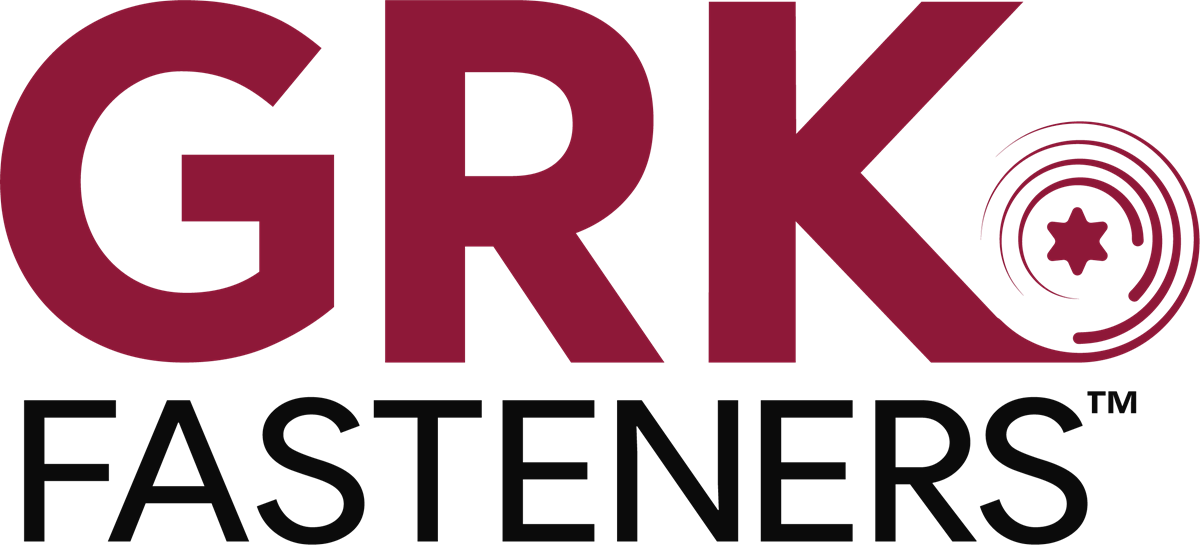Steelekj03
New member
Just Curious, how do you attach / build out interior furniture, I heard it was adhesive but I was skeptical.
All cabinetry, walls and other structure is only fastened with our koemmerling 225 polyurethane adhesive. Keys is to maintain a 2-3mm adhesive thickness to get the max bonding strength. I use stainless steel washers.Just Curious, how do you attach / build out interior furniture, I heard it was adhesive but I was skeptical.
I choose to use square headed screws over everything else. They are the best in my opinion. They are more common in Canada. The actual name for the screw is a “Robertson head”. I bought a great screw driver in Lowe’s in the US and found it frustrating that it had no Robertson bits in it so I had to buy them separately.Better than phillips for sure...
We camped at -18C several times. No ice anywhere with 3 people inside the camper. Only minor condensation on the window that was cracked open for fresh air. View attachment 572863
Don't know why Phillips is still used. I've read that before torque drivers they were used to prevent overtightening.Better than phillips for sure...

 www.grkfasteners.com
www.grkfasteners.com
Moving along in small steps as I’m waiting for more bits and pieces to arrive. Today I installed the last storage hatch, door and hatch holder.
Interesting build. The History Guy on YouTube has a really interesting talk on philips versus Robertson and how Ford controlled that outcome. It's a Canadian thing...
Couple of qustions:
1. Where are you running wiring and is it possible to run conduit in the walls (I.E. Vertical chases from subfloor to service light switches and wall plugs. How are ceiling light wired?
2. Are the wall panels vacuum bagged?
FYI the boating industry have lots of good details on how to deal with panel penetrations and making sure you don't introduce water into the core at fastener locations (more significant issue when you build balsa core composite panels but lots of issues with with foam core as well so attention to detail is required). Usually involves reaming ou a bit of the core and filling with epoxy prior to installing the fastener.
I am also interested in how the floor is connected to the frame and how those localized stress concentrations are dealt with.
Cheers from Kelowna.
Sent from my SM-N960W using Tapatalk
That looks great Andreas! Fabulous work! Now if your kit could include your skills....Cork floor is in. View attachment 578939
FYI....I had cork tiles and the tiles swelled around the edges when water got on the floor at the entrance.Cork floor is in. View attachment 578939
FYI....I had cork tiles and the tiles swelled around the edges when water got on the floor at the entrance.
I love how it looks.
